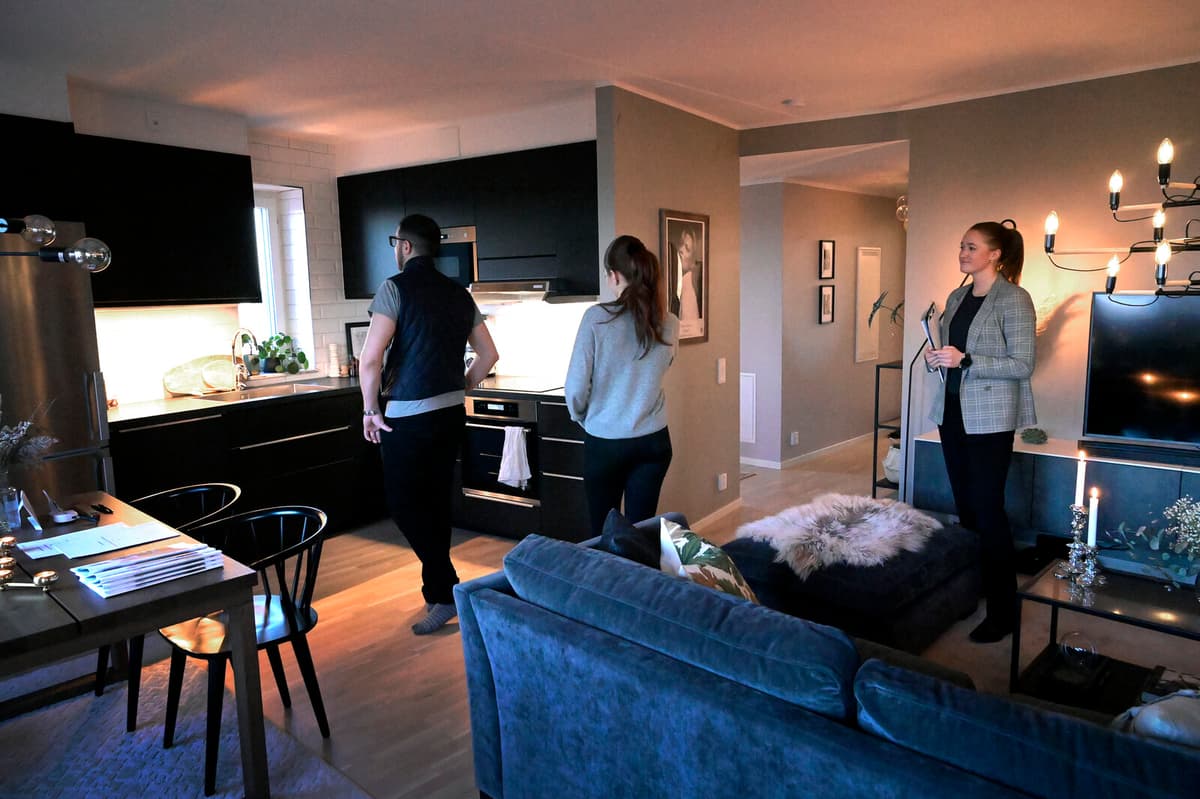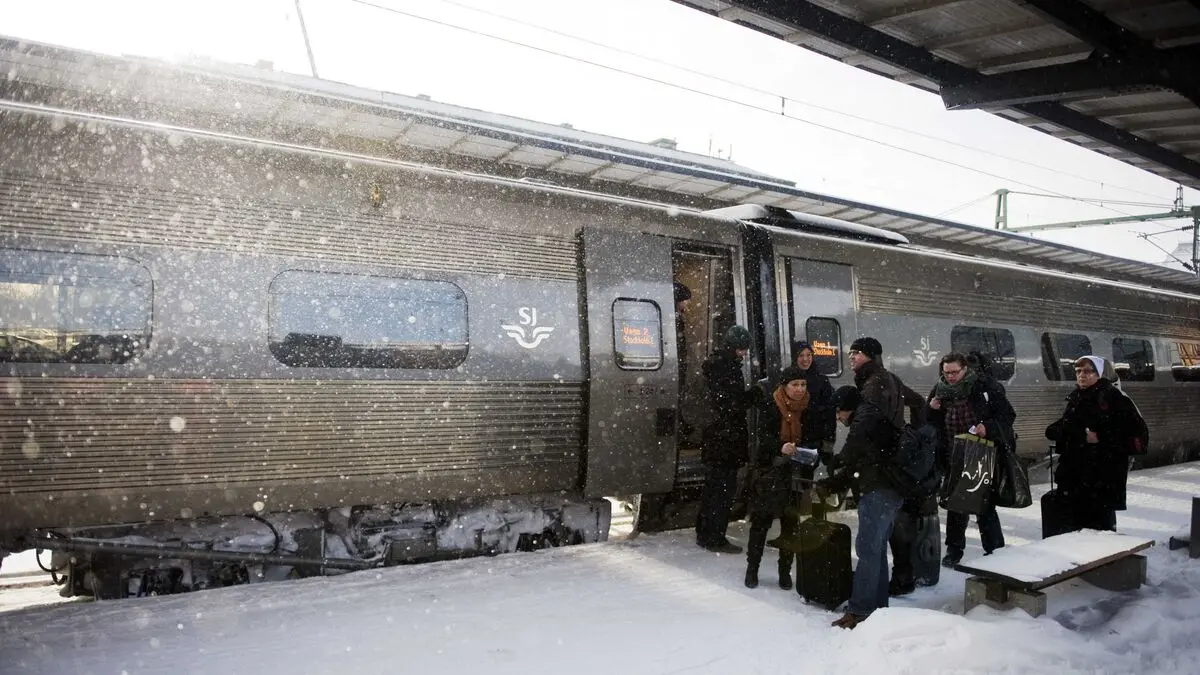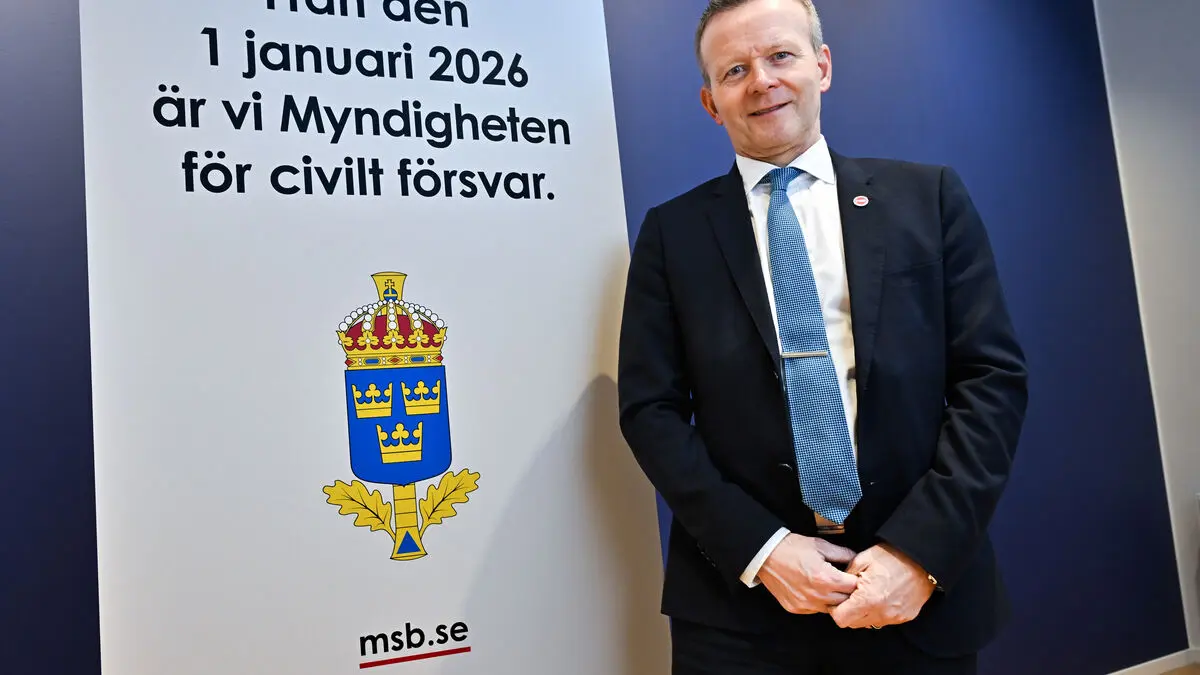In the week, the Swedish Central Bank announced another interest rate cut, the third in a row. However, the changed interest rate situation has not contributed to significantly rising prices in the housing market, as figures from Svensk mäklarstatistik have previously shown.
Sellers should therefore not have too high hopes of the selling price increasing significantly compared to the starting price. Hemnet has compiled figures for the three major metropolitan areas of Stockholm, Gothenburg, and Malmö for TT's account.
Falling prices
In August and September, for example, the bid premium (percentage increase compared to the starting price) was 4.4 and 4.3 percent, respectively, in Greater Stockholm.
This can be compared to 4.6 percent in August and 3.1 percent in September last year. Hemnet's analyst Erik Holmberg notes that the time when real estate ads could have teaser prices is over.
This is a development we've seen before when prices were falling, then it's precisely this bid premium that disappears first and can even become negative. It simply becomes more common to bid below the starting price, he explains.
Different in Skåne
Erik Holmberg compares with a period for the villa market during the pandemic when everyone was looking for extra space for, for example, working from home.
Then we had months when you were up at 13-15 percent, it was a very special situation where sellers didn't know what demand suddenly existed.
Now the situation is very different, especially in the Malmö area. There, sellers can even count on a negative price development. In September, it was minus 1.3 percent and in August minus 1.5 percent.
It has always been the case in southern Sweden, and especially in Skåne, that you have bid downwards to a greater extent. We also know that it's more common in Denmark and down in Europe, so it's possible that there's more of that element in southern Sweden than in the rest of the country, says Erik Holmberg.





